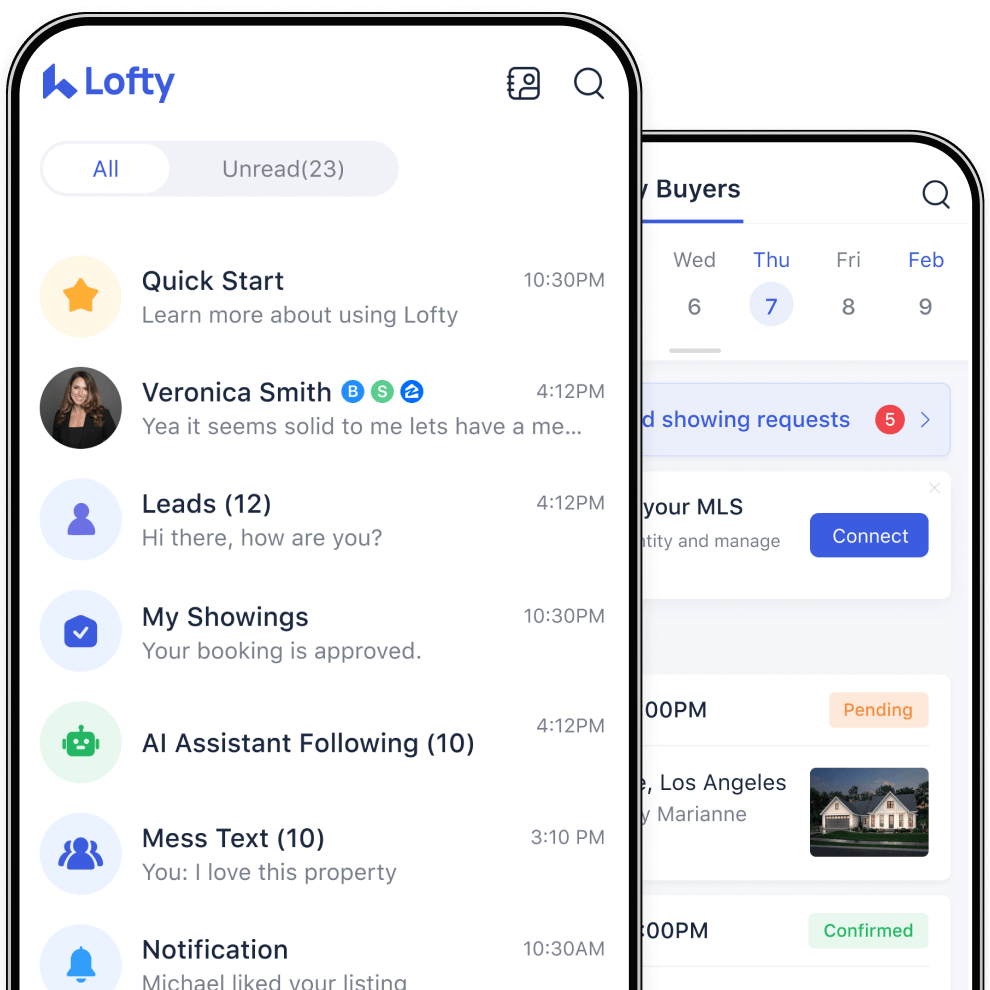Rules of [Facebook] Engagement: How to Boost Your Brand on Social

Navigating Facebook isn’t as simple as it used to be — especially if you are trying to build your brand on social media. Between sponsored posts, Facebook ads, post scheduling, event pages and more, it’s easy to get lost and forget your main priorities. If you’re tired of being fooled by vanity metrics and want to be sure you’re creating an impact, read on to learn how to boost your brand on Facebook.
Consistency.
Every modern business knows that customers are looking to connect in a more immediate and personalized way. In addition, they want to get to know your brand just as they would a personal acquaintance — what are your values and personality traits? Revealing these aspects of your brand is an absolute necessity for building customer loyalty. Scheduling tools like HootSuite and presentation tools like PostCreator can help you stay on track and keep your page looking polished.
Even if you’re not yet nailing the copy, tone and content of your Facebook page, consistently showing up tells your audience that you are professional. In time, you’ll learn to tweak your message, and you’ll learn what your audience responds to the most. This is why consistency is just as important for your understanding as it is for your customer’s understanding.
Rules of Engagement.
While consistency in engagement is important, the quality of that engagement is even more critical. Different brands take different approaches to this, so it’s useful to come up with some rules early on. What tone will you take in responding to Facebook comments? Some brands remain strictly professional, while others prefer to take a very casual and friendly approach. If a problem arises and you are uncertain how to address it, consider how some of your favorite brands manage their social accounts. When things go wrong, business owners often panic and assume the worst. But it’s when things go wrong that your brand has the greatest opportunity to demonstrate composure and build trust.
To Boost or Not to Boost?
Facebook’s post-boosting feature has gotten a lot of brands the attention they deserve. However, it’s easy to imagine how random post boosting can drain your funds, leaving you with virtually no ROI. So how can you determine whether to boost a post or not?
First and foremost, know what your goal is — what are you getting out of this post? Only boost a post when you are confident you’ve made it as clever, clear and concise as possible. If a post is performing exceptionally well, Facebook may recommend you boost it to reach an even larger audience. In this case, ensure the post would appeal to an outside audience first. Facebook can help you determine when to post — simply click posts under your page’s “insights” menu to see what days and times your audience is online the most.
If you’re using Chime, boosted posts will not conflict with your automated lead generation powered by our social intelligence algorithm.
Get Creative and Mind the Details.
Why make your clients come out to see you in person? With the creation of Facebook Live, you can host live-streamed open houses. Weave creativity into your posts and don’t be afraid to try new things.
It’s the little details that often slip through the cracks, but they really do matter. Facebook now gives you the option to create a contact page so users don’t have to go searching through your website. Include your website, full name and plenty of photos to build trust. You may want to consider hiring a photographer for high-quality headshots too. The more you streamline processes and make yourself accessible to your audience, the more likely they are to reach out.
Back to School.
If you’re new to social media, check out our Ultimate Beginner’s Guide to Social Media Marketing for Agents. It’s designed to help you get up and running quickly and effectively.
Sources:
- https://techcrunch.com/2011/07/30/vanity-metrics/
- http://www.sailthru.com/marketing-blog/written-customer-loyalty-to-brands/
- https://www.postcreator.com/
- http://www.forbes.com/sites/steveolenski/2015/10/10/6-ways-brands-can-benefit-from-angry-customers/#765527b25ba8
